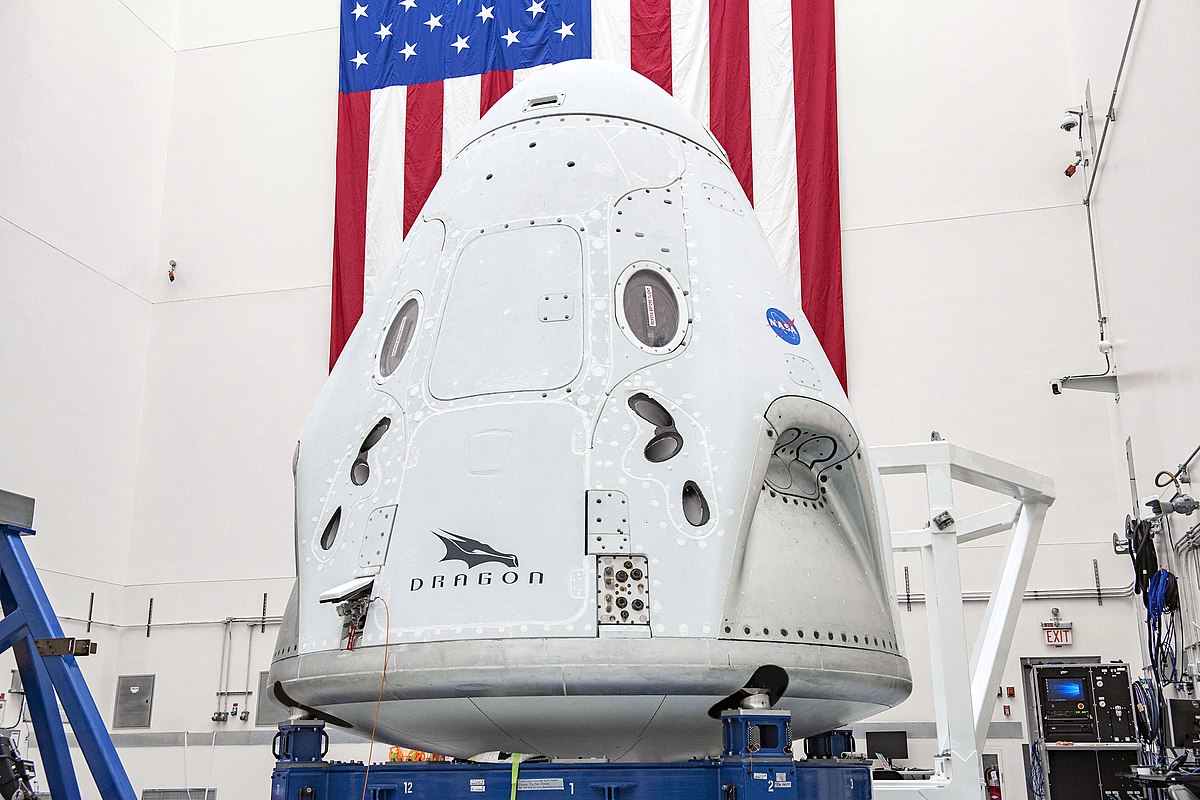Launch Date: March 2
Launch Window: 12:34am EST (9:34pm PST on the 1st, 05:34 UTC on the 2nd)
Launch site: LC-39A, Cape Canaveral, Florida
Booster Recovery: ASDS - JRTI
Booster: B1078.1
Dragon: Crew Dragon, C206.4 Endeavor
Mass: Crew Dragon: 12,519 kg (27,600 lb)
Orbit: LEO - ISS
Dragon Return - 9/3/23
Yearly Launch Number: 14th
Crew for Expedition 69:
Commander: Stephen Bowen, NASA
Pilot: Warren Hoburg, NASA
Mission Specialist 1: Sultan Al Neyadi, MBRSC
Mission Specialist 2: Andrey Fedyaev, Roscosmos
A SpaceX Falcon 9 rocket will launch a Crew Dragon spacecraft on its ninth flight with astronauts. The Falcon 9’s first stage booster will land on a drone ship in the Atlantic Ocean. NASA astronauts Stephen Bowen, Warren Hoburg, MBRSC astronaut Sultan Al Neyadi, and Russian cosmonaut Andrey Fedyaev will launch on the Crew Dragon spacecraft to begin a six-month expedition on the International Space Station. The Crew Dragon will return to a splashdown at sea.
On 29 April 2022, the Mohammad bin Rashid Space Centre (MBRSC) and Axiom Space announced that Crew-6 will also include an astronaut from the United Arab Emirates.
MBRC participation in this mission is a by product of a 2021 agreement between NASA and Axiom to fly a NASA astronaut, Mark T. Vande Hei onboard Soyuz MS-18 (launch) and Soyuz MS-19 (return) in order to ensure a continuing American presence onboard the ISS. In return, Axiom received the rights to a NASA owned seat onboard SpaceX Crew-6. Axiom provided the flight opportunity to MBRSC professional crew member through an agreement with the UAE. Later the astronaut was confirmed to be Sultan Al Neyadi. Andrey Fedyaev was selected in July 2022 for this mission as a part of the Soyuz-Dragon crew swap system of keeping at least one NASA astronaut and one Roscosmos cosmonaut on each of the crew rotation missions. This ensures both countries have a presence on the station, and the ability to maintain their separate systems if either Soyuz or commercial crew vehicles are grounded for an extended period.


 www.youtube.com
www.youtube.com
Launch Window: 12:34am EST (9:34pm PST on the 1st, 05:34 UTC on the 2nd)
Launch site: LC-39A, Cape Canaveral, Florida
Booster Recovery: ASDS - JRTI
Booster: B1078.1
Dragon: Crew Dragon, C206.4 Endeavor
Mass: Crew Dragon: 12,519 kg (27,600 lb)
Orbit: LEO - ISS
Dragon Return - 9/3/23
Yearly Launch Number: 14th
Crew for Expedition 69:
Commander: Stephen Bowen, NASA
Pilot: Warren Hoburg, NASA
Mission Specialist 1: Sultan Al Neyadi, MBRSC
Mission Specialist 2: Andrey Fedyaev, Roscosmos
A SpaceX Falcon 9 rocket will launch a Crew Dragon spacecraft on its ninth flight with astronauts. The Falcon 9’s first stage booster will land on a drone ship in the Atlantic Ocean. NASA astronauts Stephen Bowen, Warren Hoburg, MBRSC astronaut Sultan Al Neyadi, and Russian cosmonaut Andrey Fedyaev will launch on the Crew Dragon spacecraft to begin a six-month expedition on the International Space Station. The Crew Dragon will return to a splashdown at sea.
On 29 April 2022, the Mohammad bin Rashid Space Centre (MBRSC) and Axiom Space announced that Crew-6 will also include an astronaut from the United Arab Emirates.
MBRC participation in this mission is a by product of a 2021 agreement between NASA and Axiom to fly a NASA astronaut, Mark T. Vande Hei onboard Soyuz MS-18 (launch) and Soyuz MS-19 (return) in order to ensure a continuing American presence onboard the ISS. In return, Axiom received the rights to a NASA owned seat onboard SpaceX Crew-6. Axiom provided the flight opportunity to MBRSC professional crew member through an agreement with the UAE. Later the astronaut was confirmed to be Sultan Al Neyadi. Andrey Fedyaev was selected in July 2022 for this mission as a part of the Soyuz-Dragon crew swap system of keeping at least one NASA astronaut and one Roscosmos cosmonaut on each of the crew rotation missions. This ensures both countries have a presence on the station, and the ability to maintain their separate systems if either Soyuz or commercial crew vehicles are grounded for an extended period.


- YouTube
Enjoy the videos and music you love, upload original content, and share it all with friends, family, and the world on YouTube.
Last edited:


